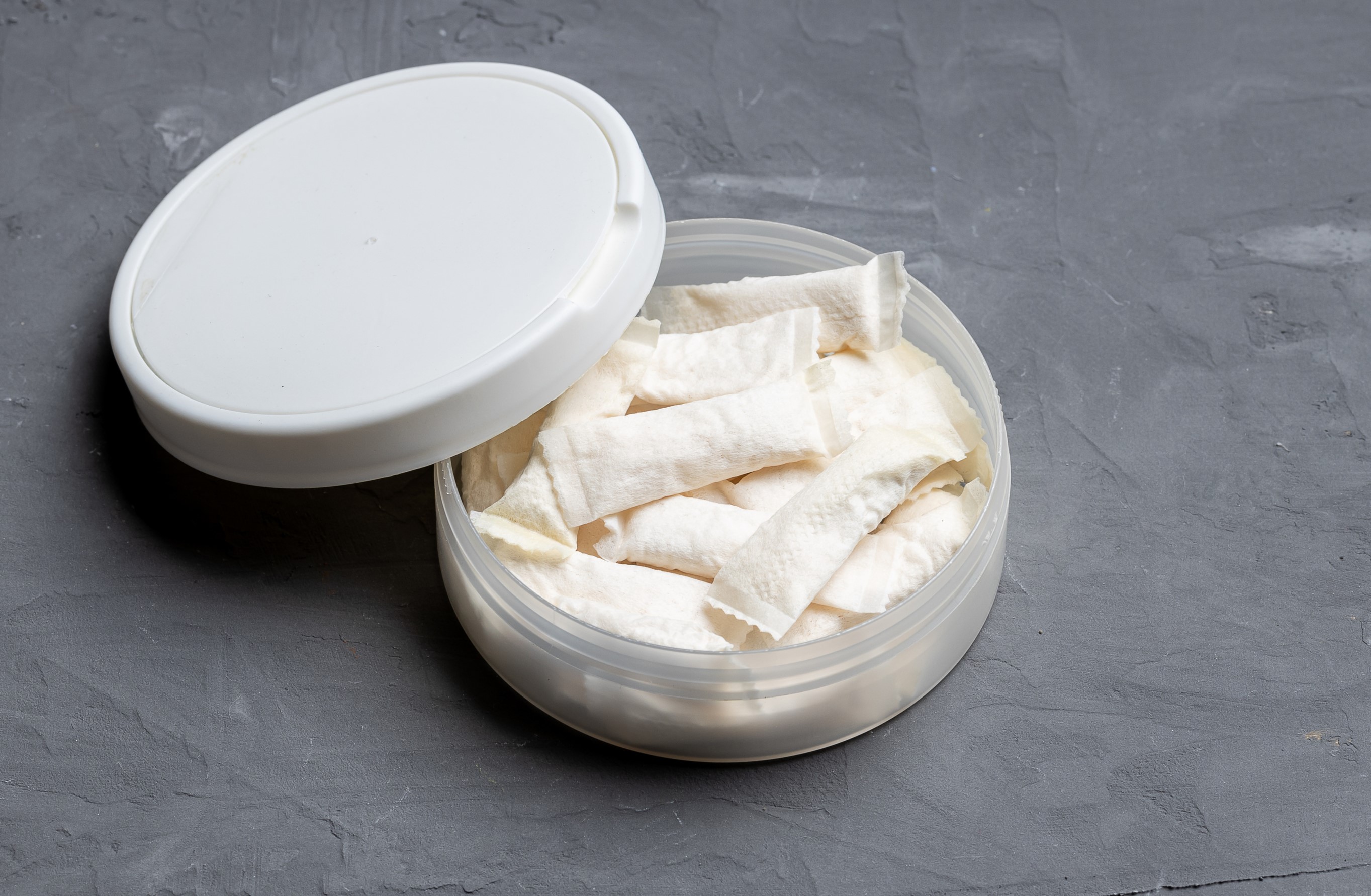Do you remember the first anti-smoking campaign you saw? If you live in Western Australia, chances are it was a Make Smoking History campaign.
Australia, and particularly WA, has a strong history of advocacy for tobacco control to create healthier environments for the whole community and supporting people who smoke to stop. Anti-smoking mass media campaigns like the ones you see on TV or billboards play a big role in this.
Anti-smoking ads aren’t new to Australia. Early national campaigns against smoking created anti-smoking posters and slogans and placed them where you would usually see cigarette advertising. Some people will also remember the ‘Smoking – who needs it?’ campaign, what was aimed at girls and young women. In 1997 the National Tobacco Campaign was established and the first nation-wide TV ad ‘Every cigarette is doing you damage’ was run.
Make Smoking History launch
Make Smoking History was launched in 2000 with the first WA campaign, ‘Nice people’, running in 2000 and 2001.

Since then, Make Smoking History has run 55 campaign waves in WA, with many of the ads made right here in WA. You might recognise some that have run across the years:



The Make Smoking History campaign was originally called Target15 and aimed to reduce smoking prevalence among WA adults to 15% or less by 2010. This was achieved with 15.1% of WA adults still smoking in 2010. The number of WA adults who smoke has continued to decline and in 2019 10.3% of WA adults were current smokers.
A big part of this decline is the use of anti-smoking campaigns that aim to encourage and motivate people to stop smoking. You may wonder why a lot of anti-smoking ads are gory, emotional or even scary. Research consistently shows us that campaigns that show the negative health effects of smoking and that are ‘hard-hitting’ prompt people to take quitting actions like talking to a doctor, cutting down on the number of cigarettes they smoke, attempting to quit, or quitting for good.
Public Health campaigns take a lot of work to produce so we often make ads that we can run multiple times.
For our next wave of advertising we will be running the ‘Sponge’ campaign – this is another one that you may recognise from a few years back. The ‘Sponge’ campaign was created by the NSW Department of Health in 1979, back then they used a cardboard cut-out to display the person behind the lungs! This campaign was so successful when it first aired that the tobacco lobby tried to have it banned. Thankfully it was allowed to go to air because it resulted in a 3.4% reduction in the number of smokers after the ad aired in Sydney. In this interview, ad creator John Bevins gives a detailed account of how the ‘Sponge’ campaign was created.

The campaign looks and sounds a little different now, but the message is still the same. We want to remind people of the serious health effects that smoking has on the lungs and remind West Australians who smoke that we are still here to provide support to quit – we haven’t given up on you.
This message is especially important now with the global pandemic we are experiencing and the impact that COVID-19 has on the lungs, particularly how it can affect people who smoke.
We know that stopping smoking can be hard, but we are here to support you and we have a lot of tips, tricks and information to get you through quitting. Whether you are taking the first step, have tried many times before, or need new ways to beat cravings, we've got you.

.webp)



.jpg)
.jpg)






